The Inca Trail
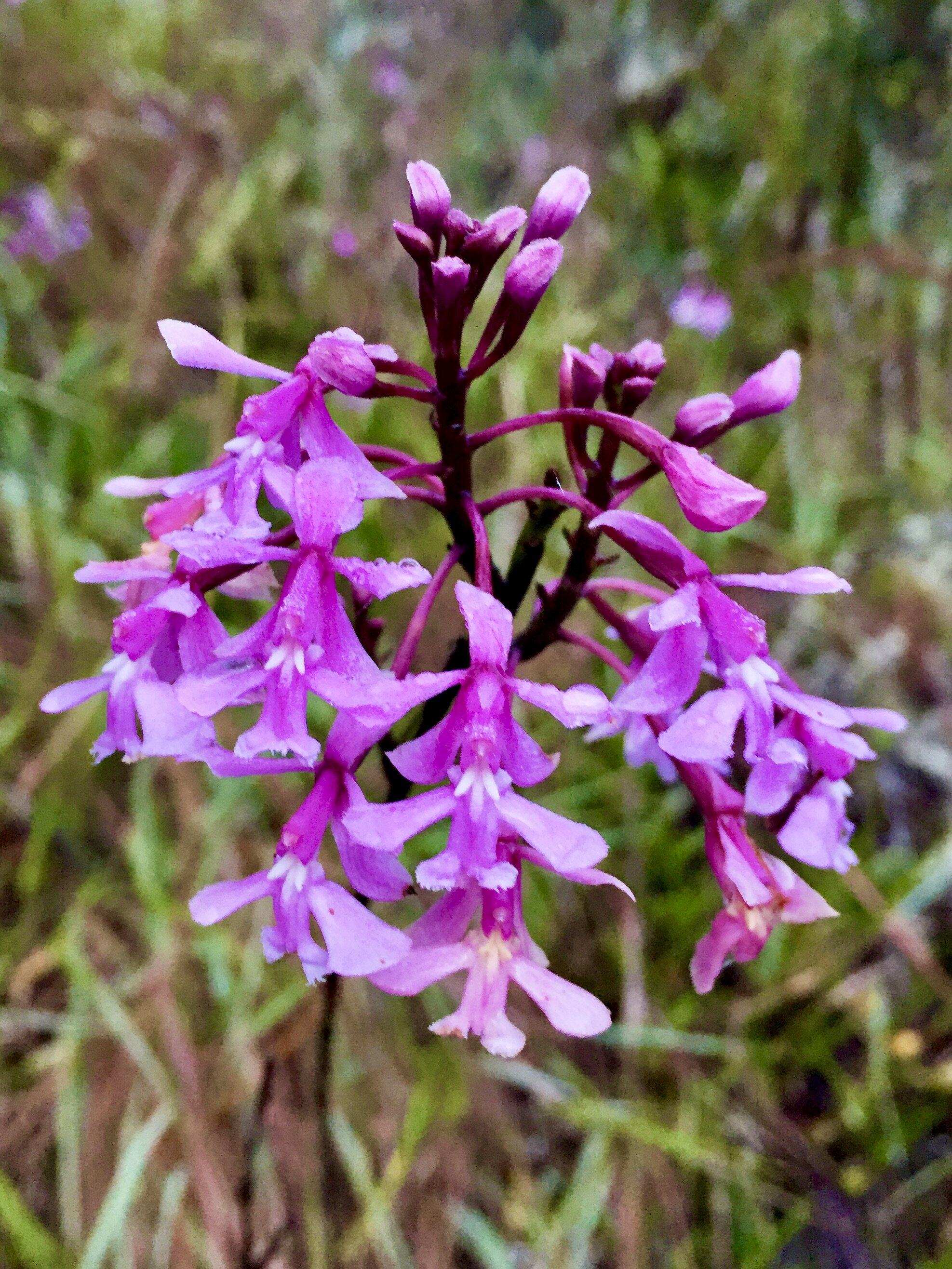
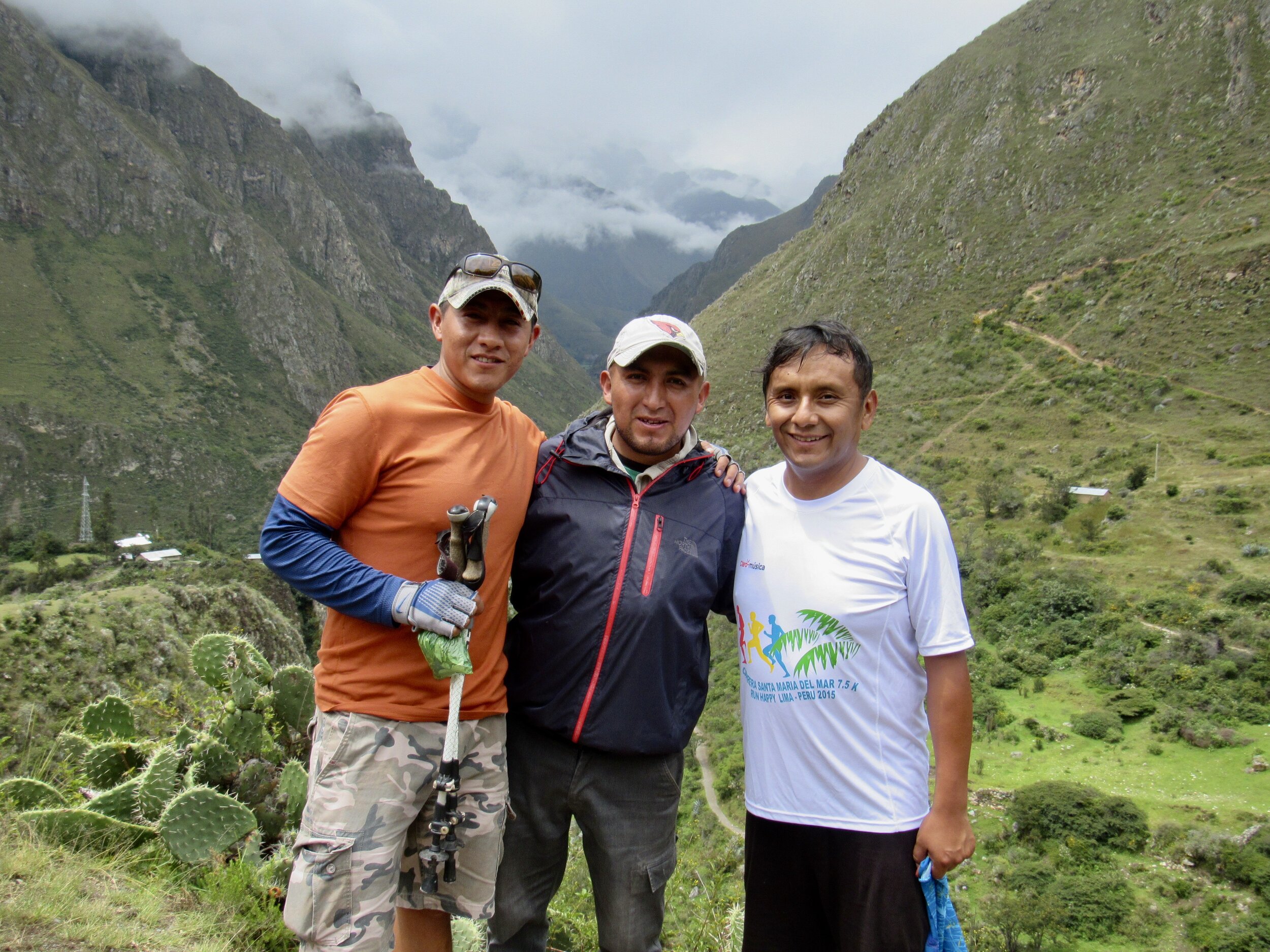
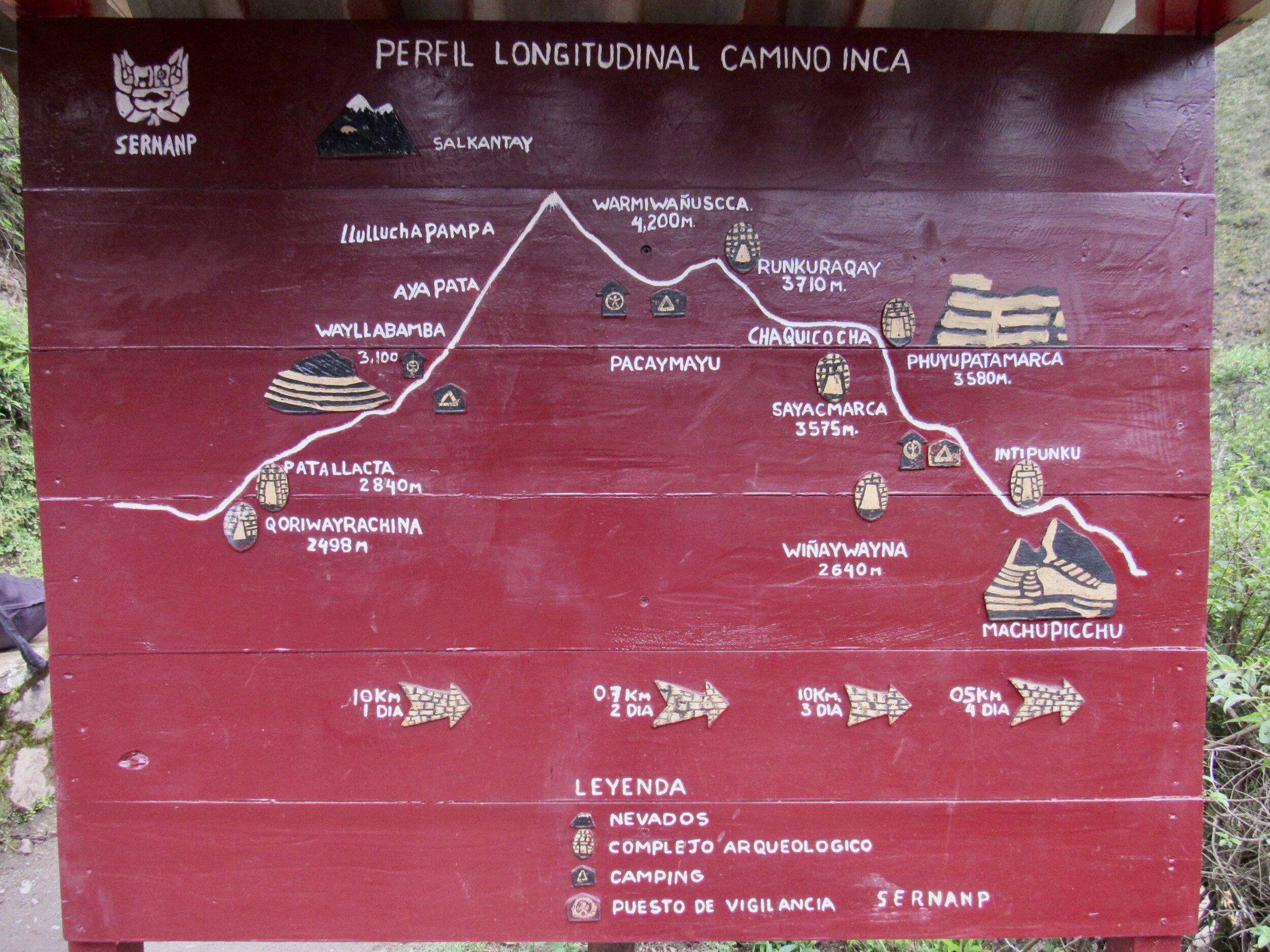
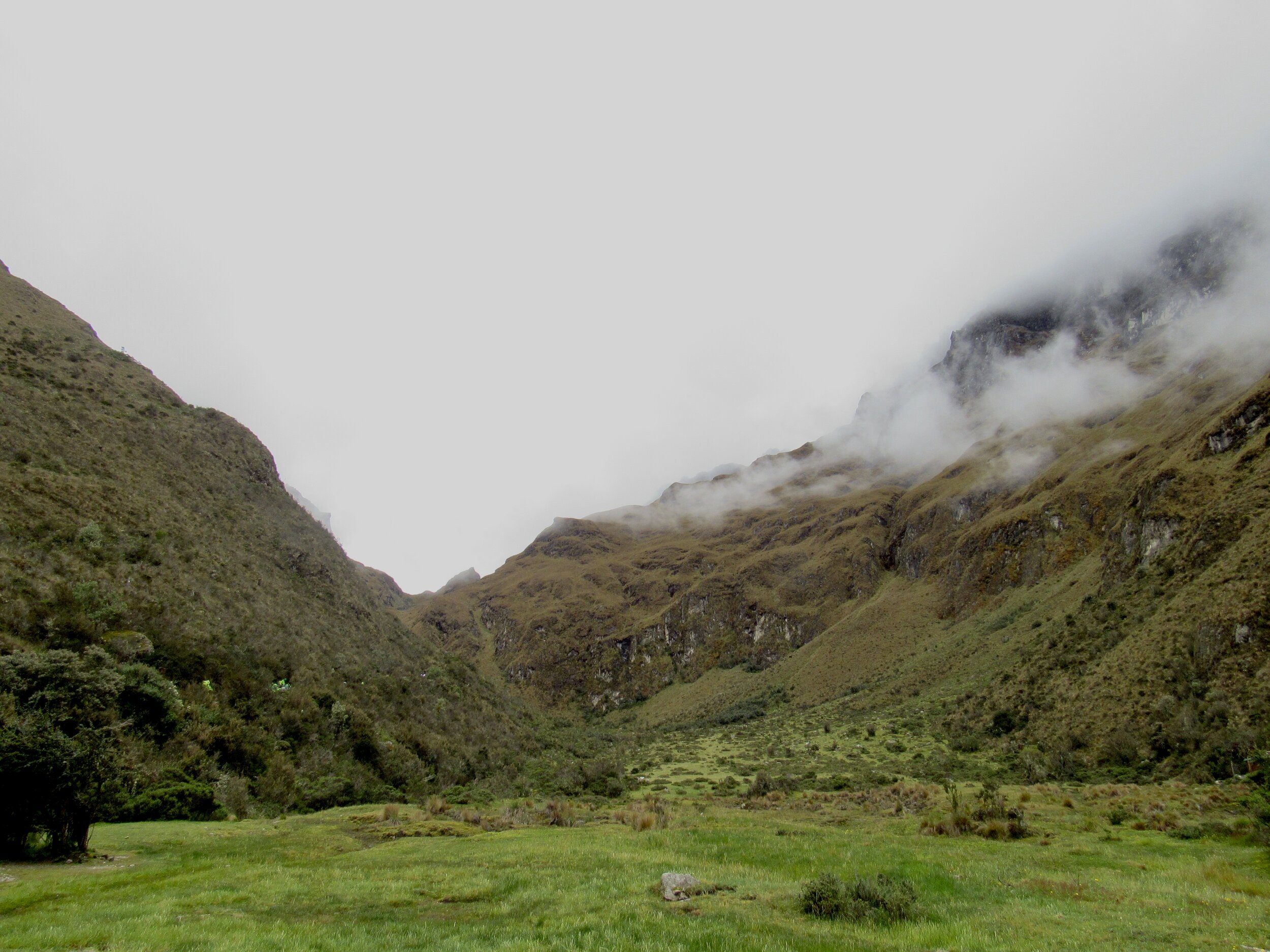


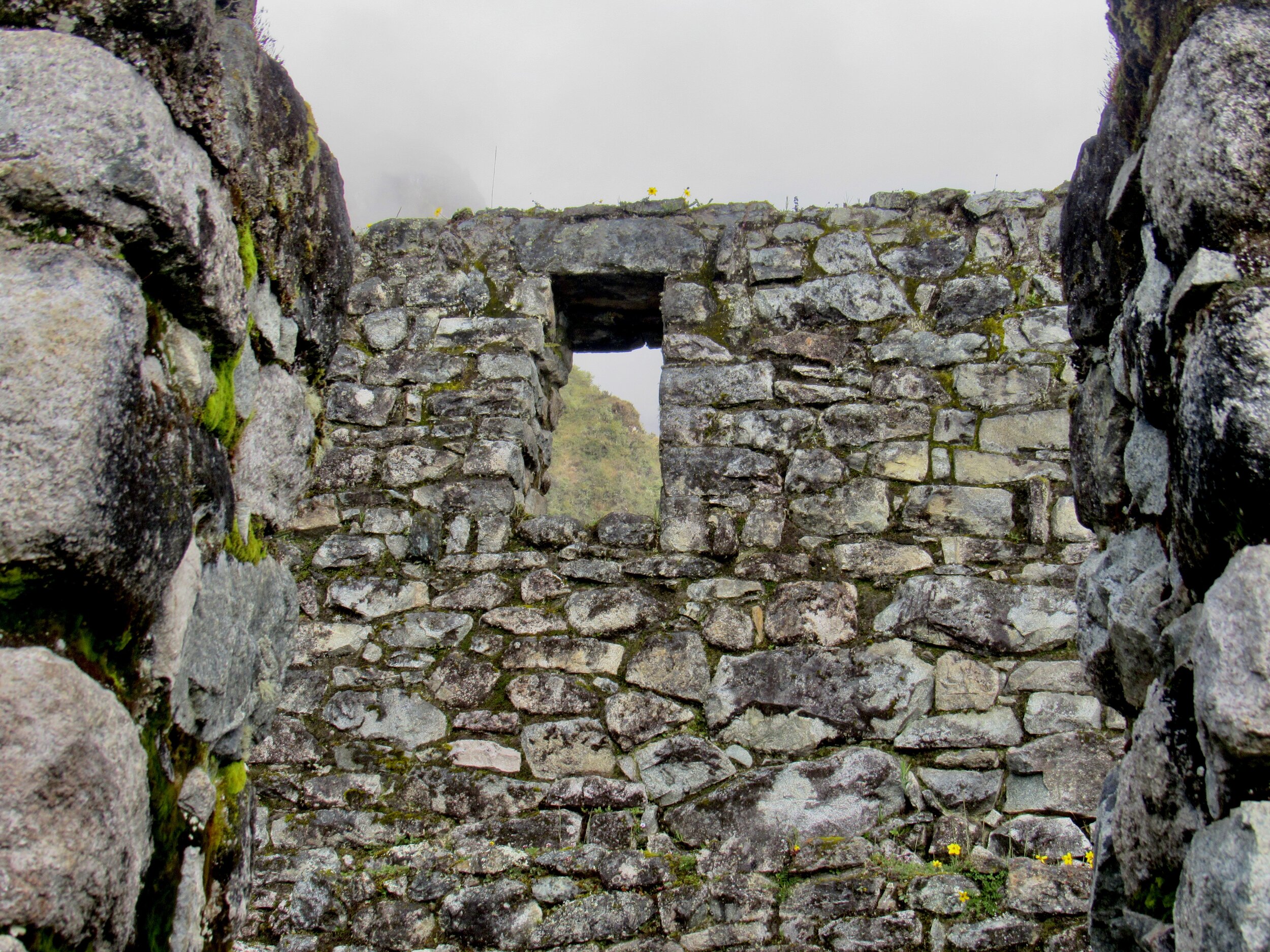
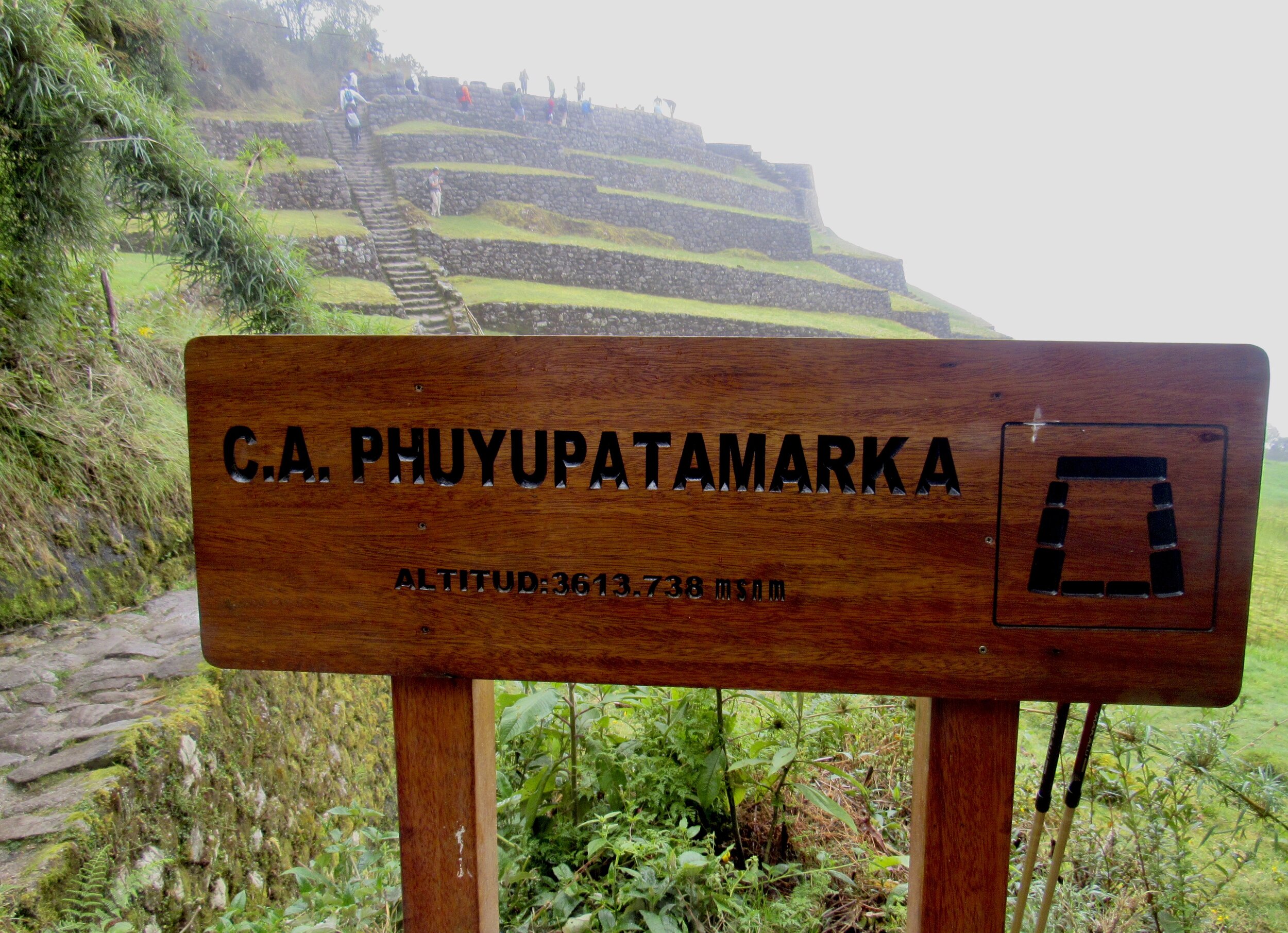
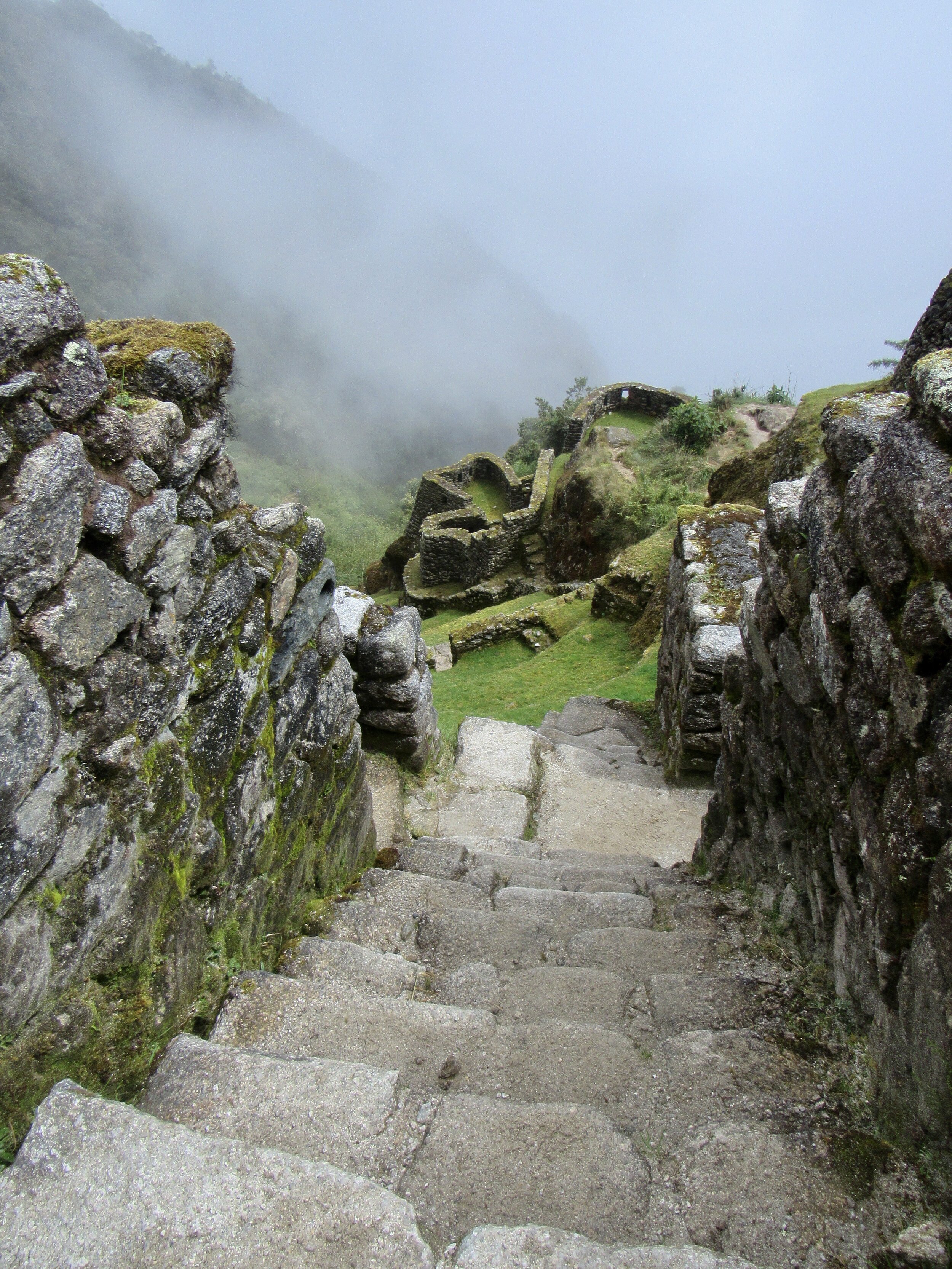


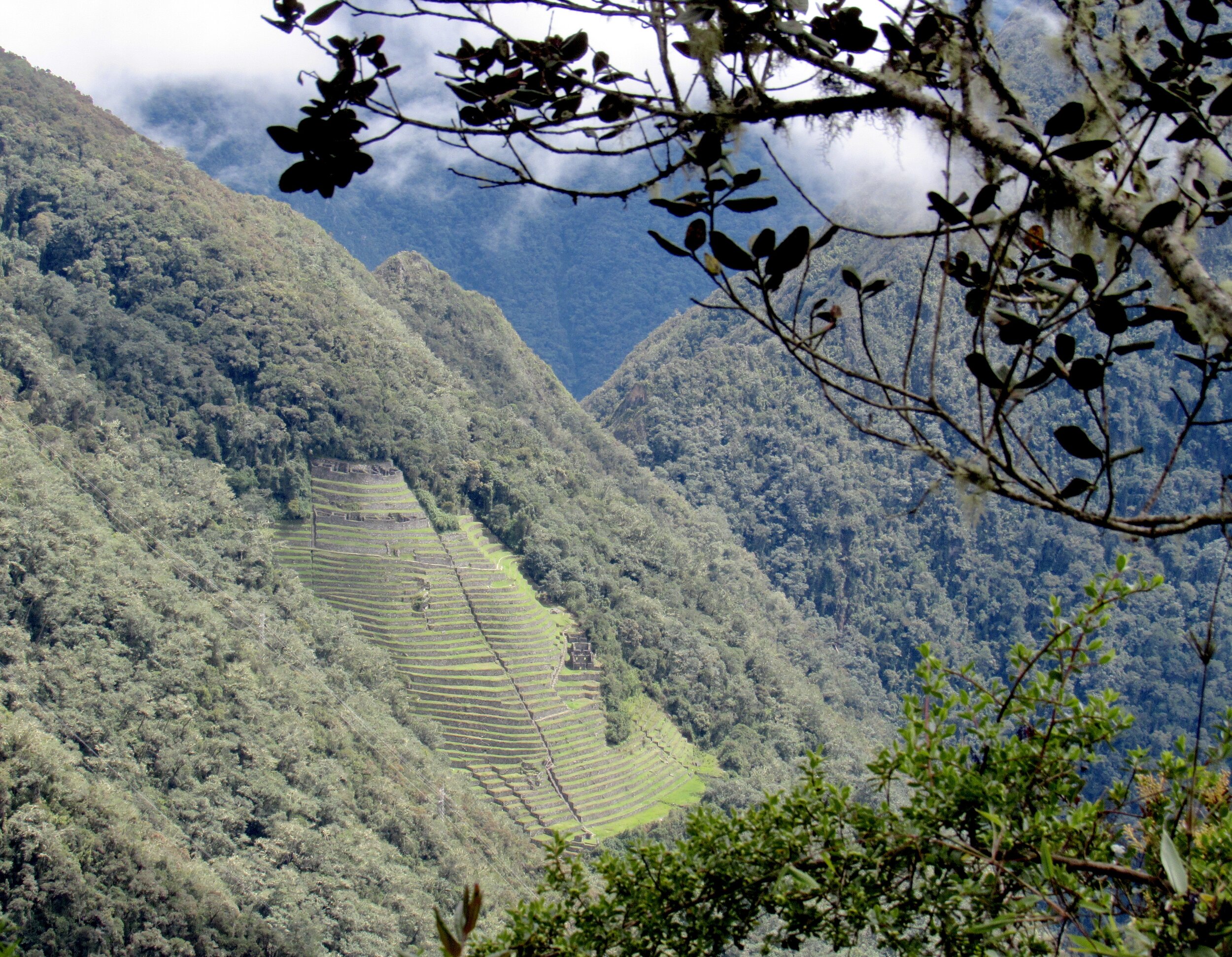

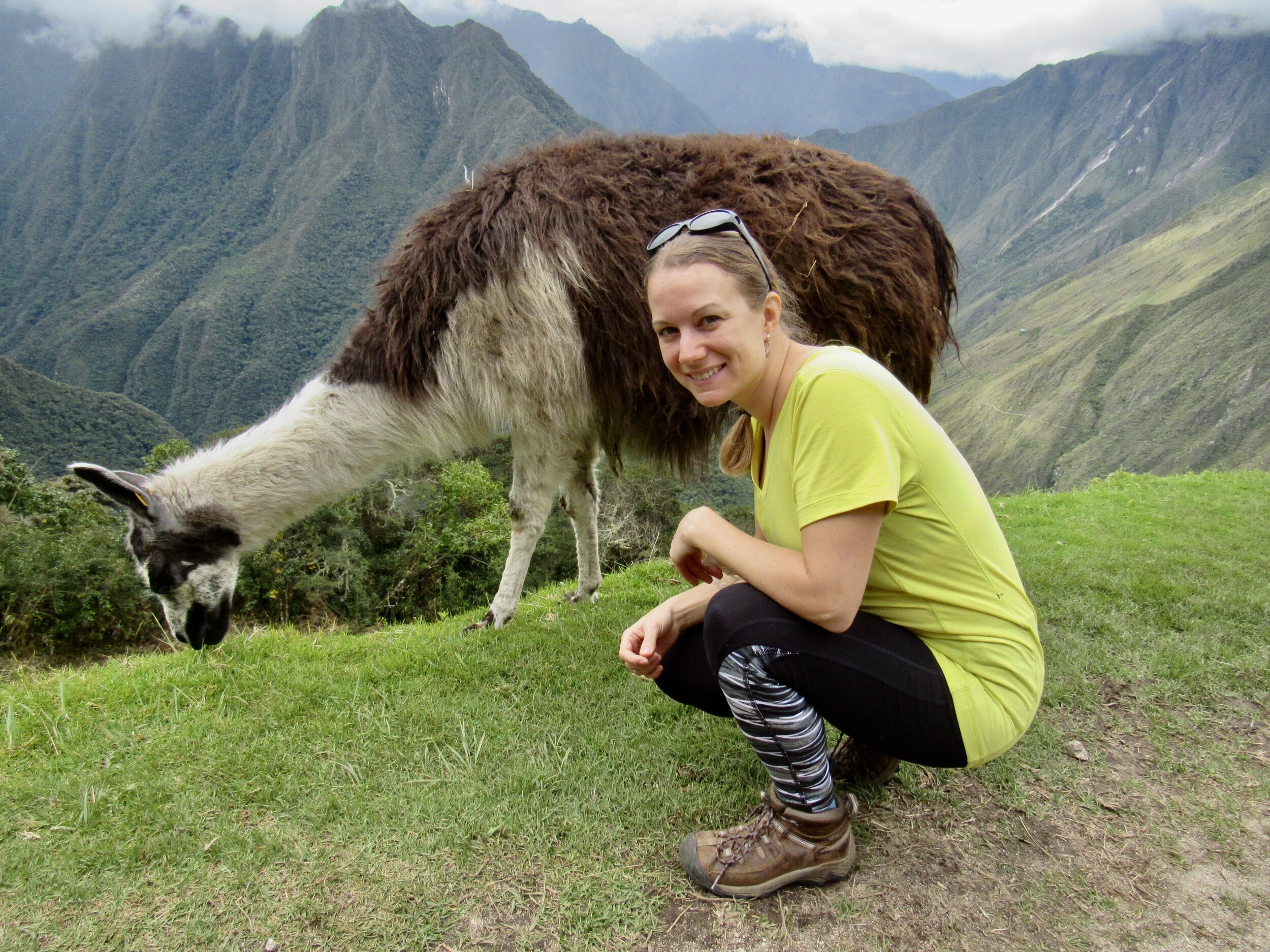
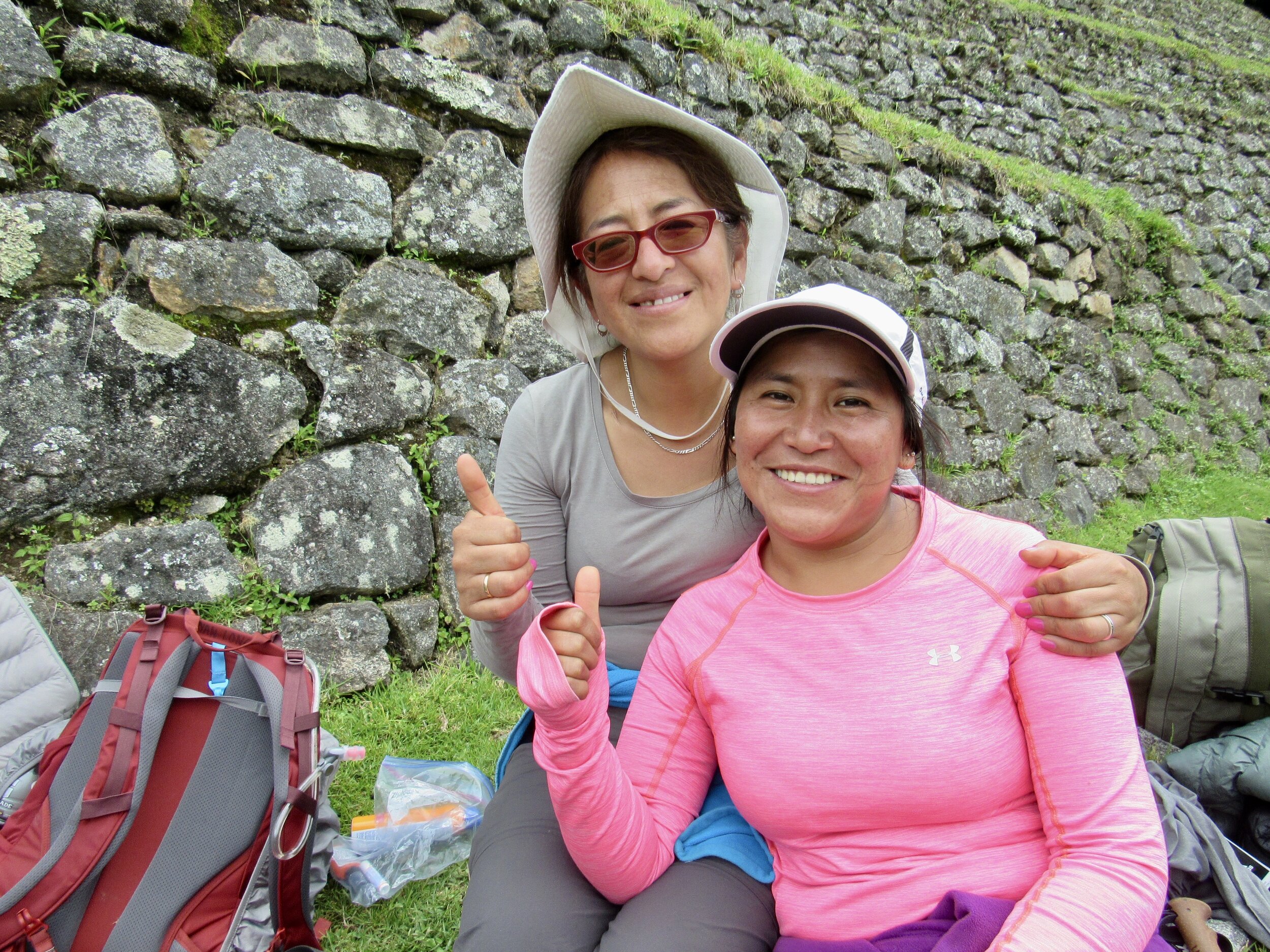
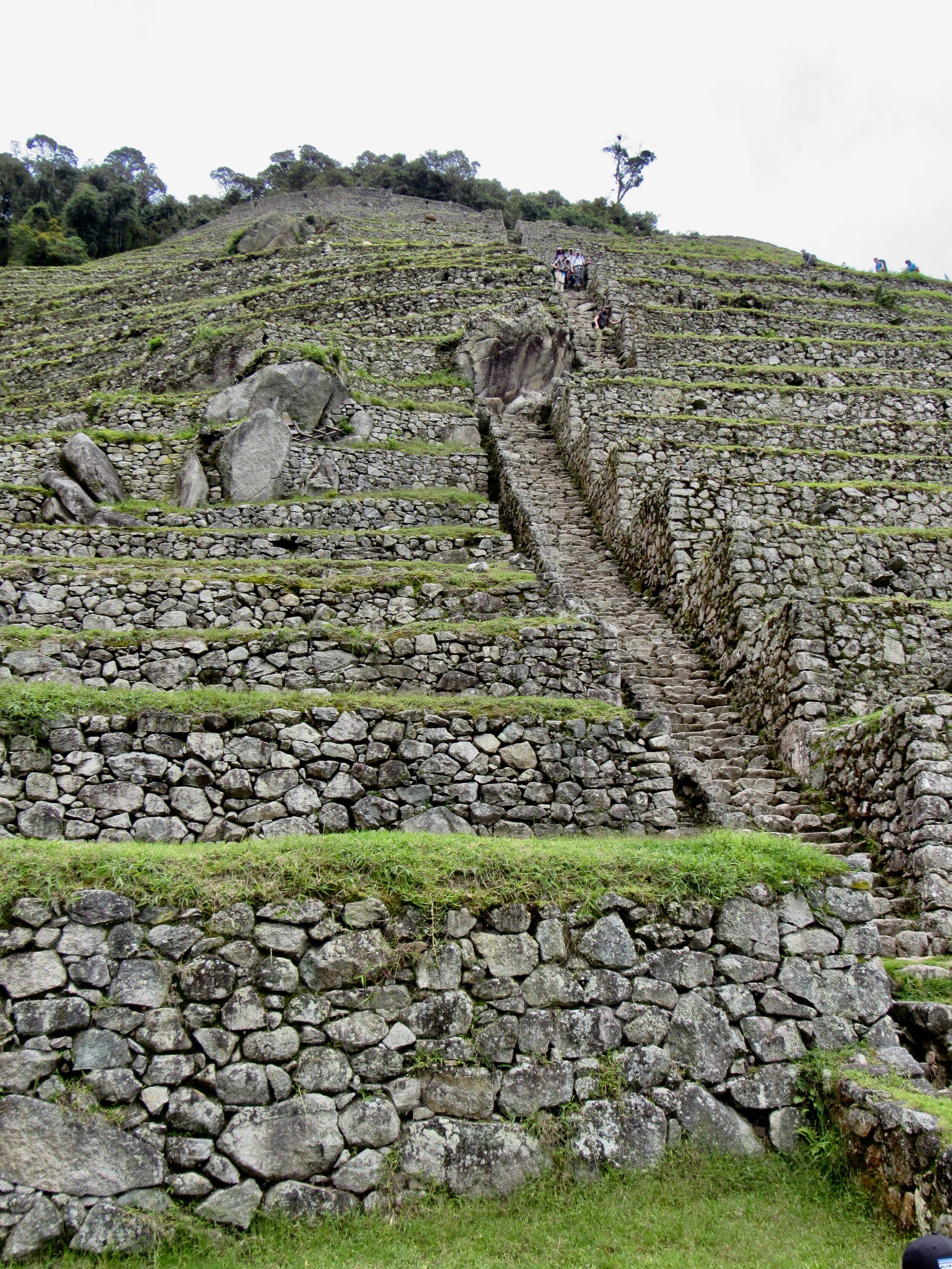

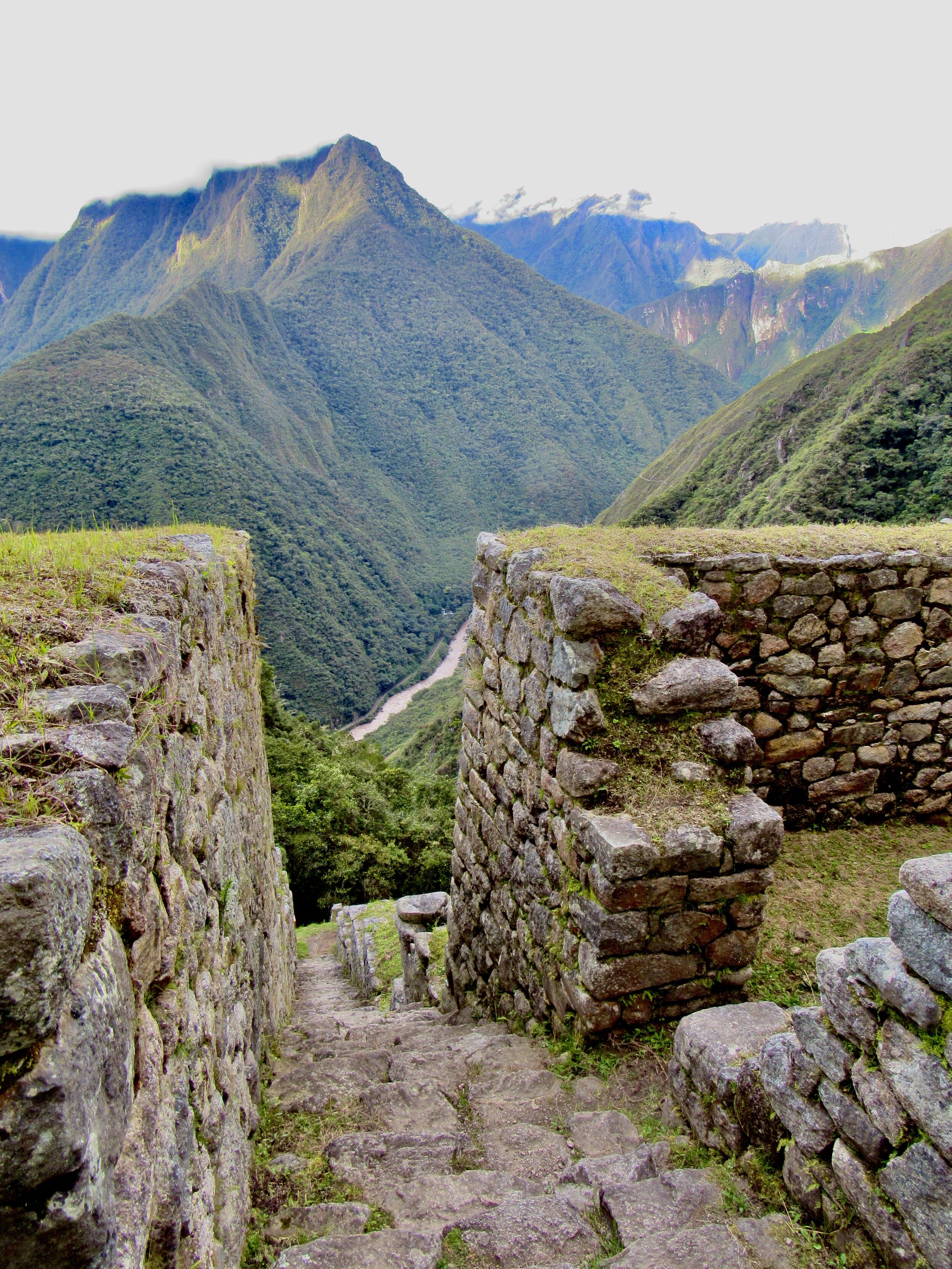
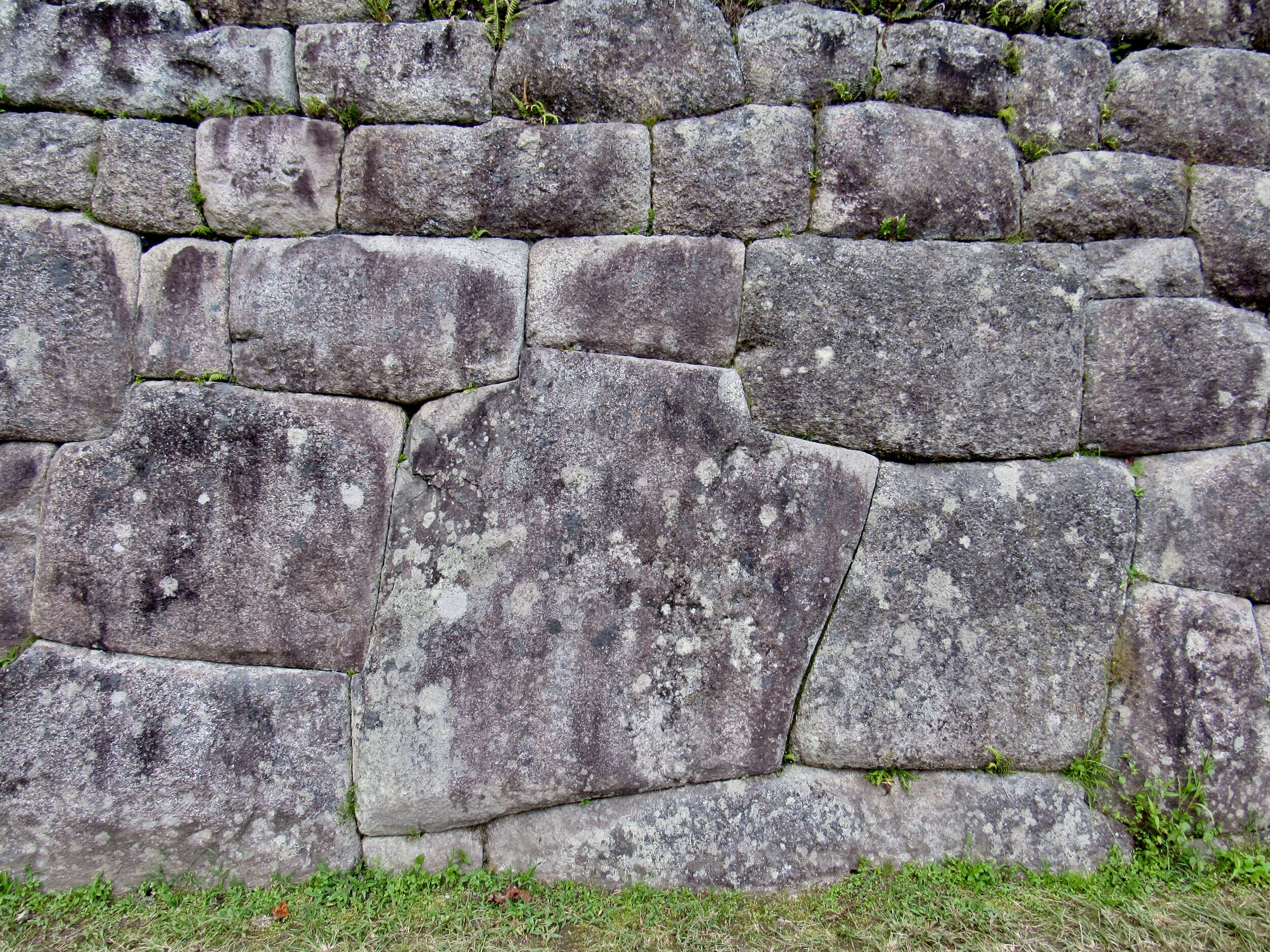
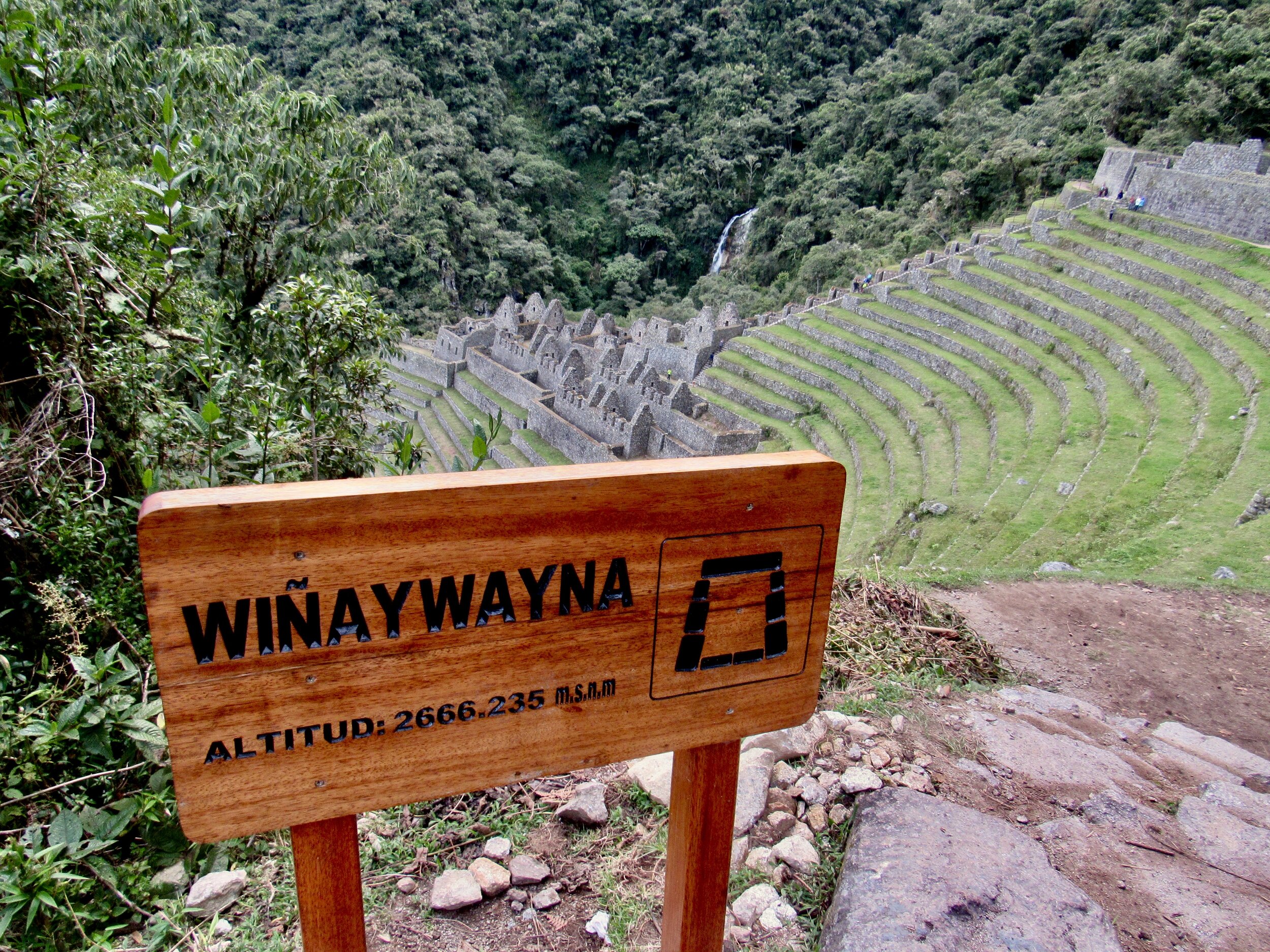



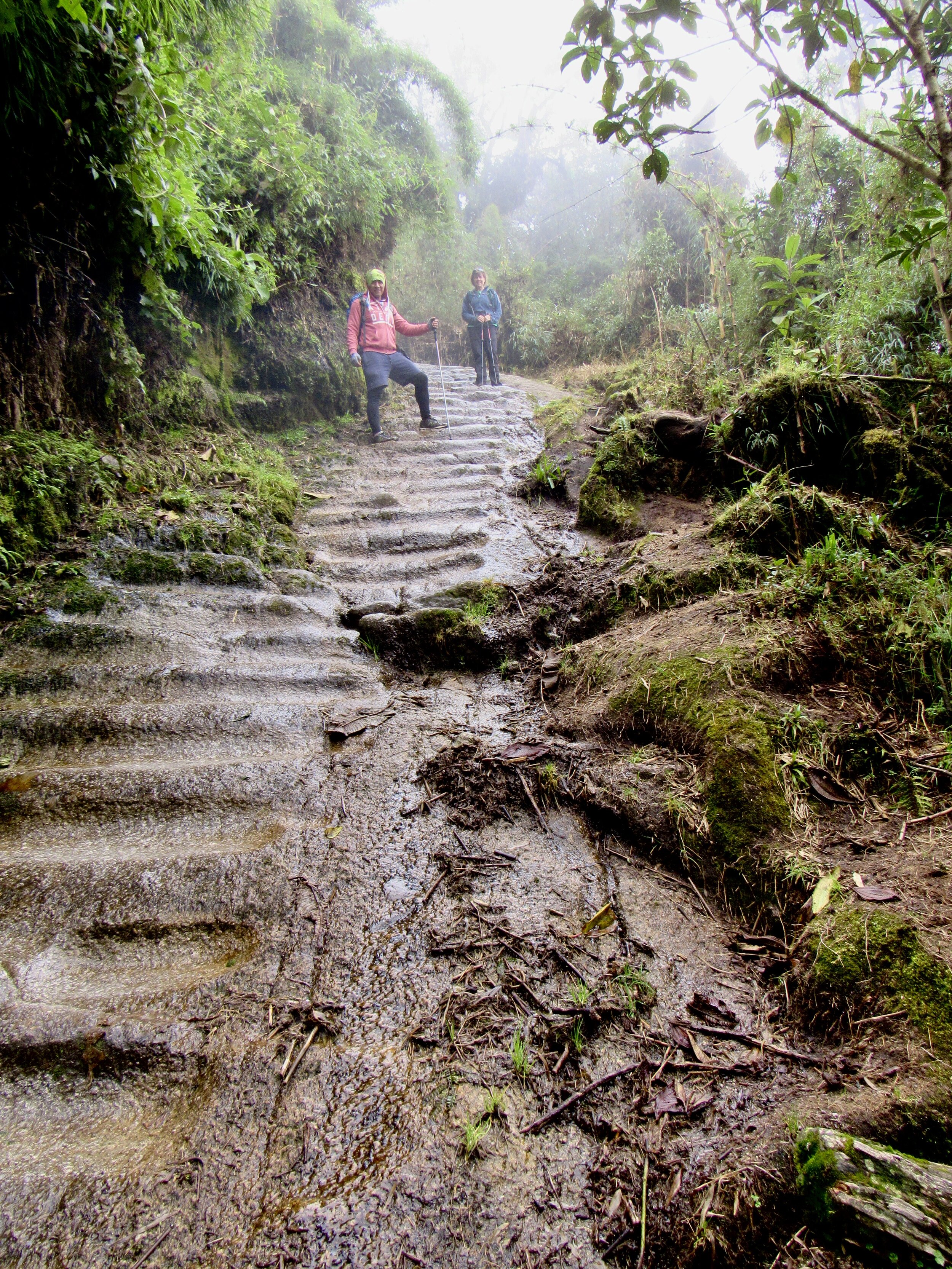
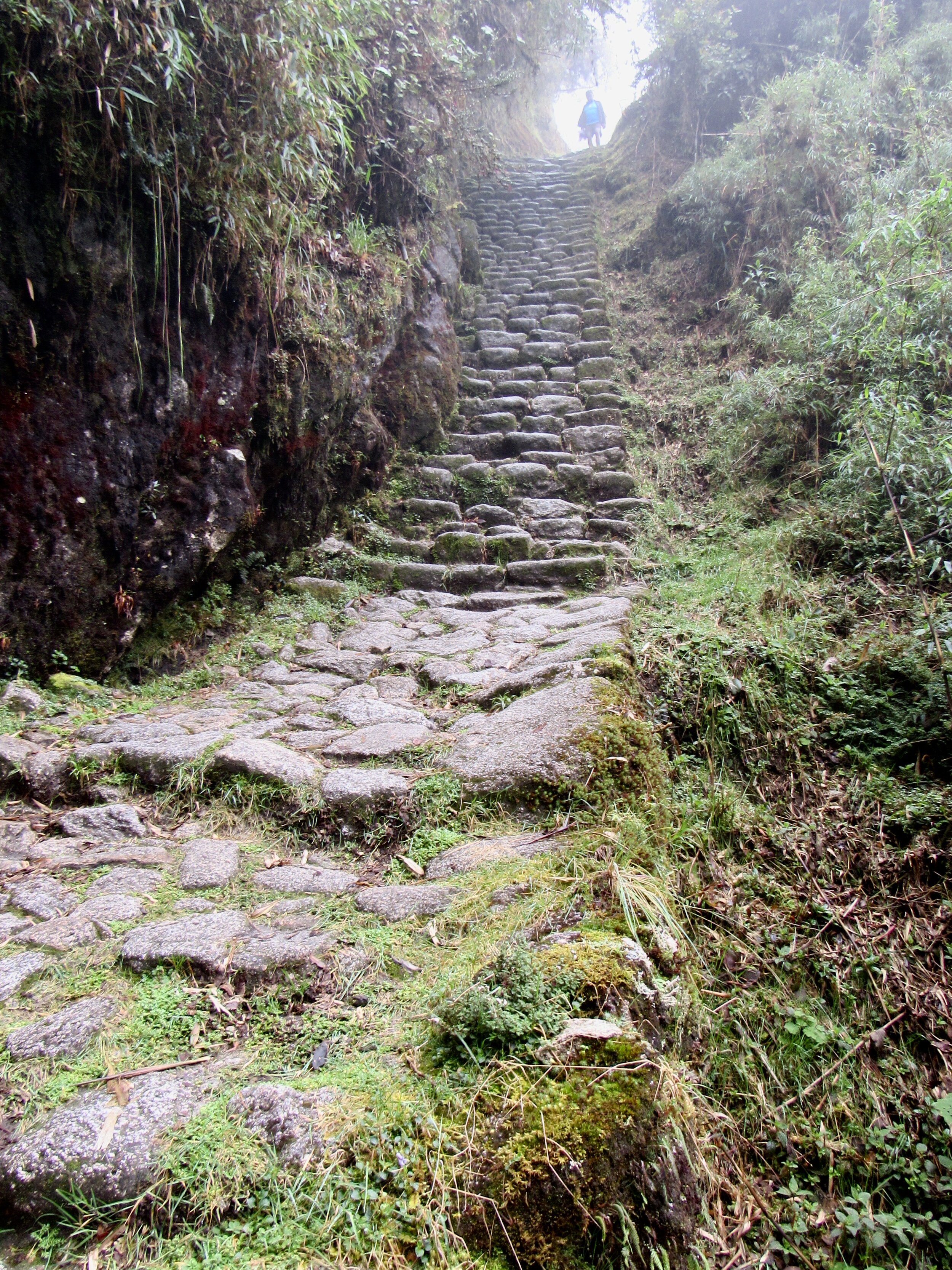
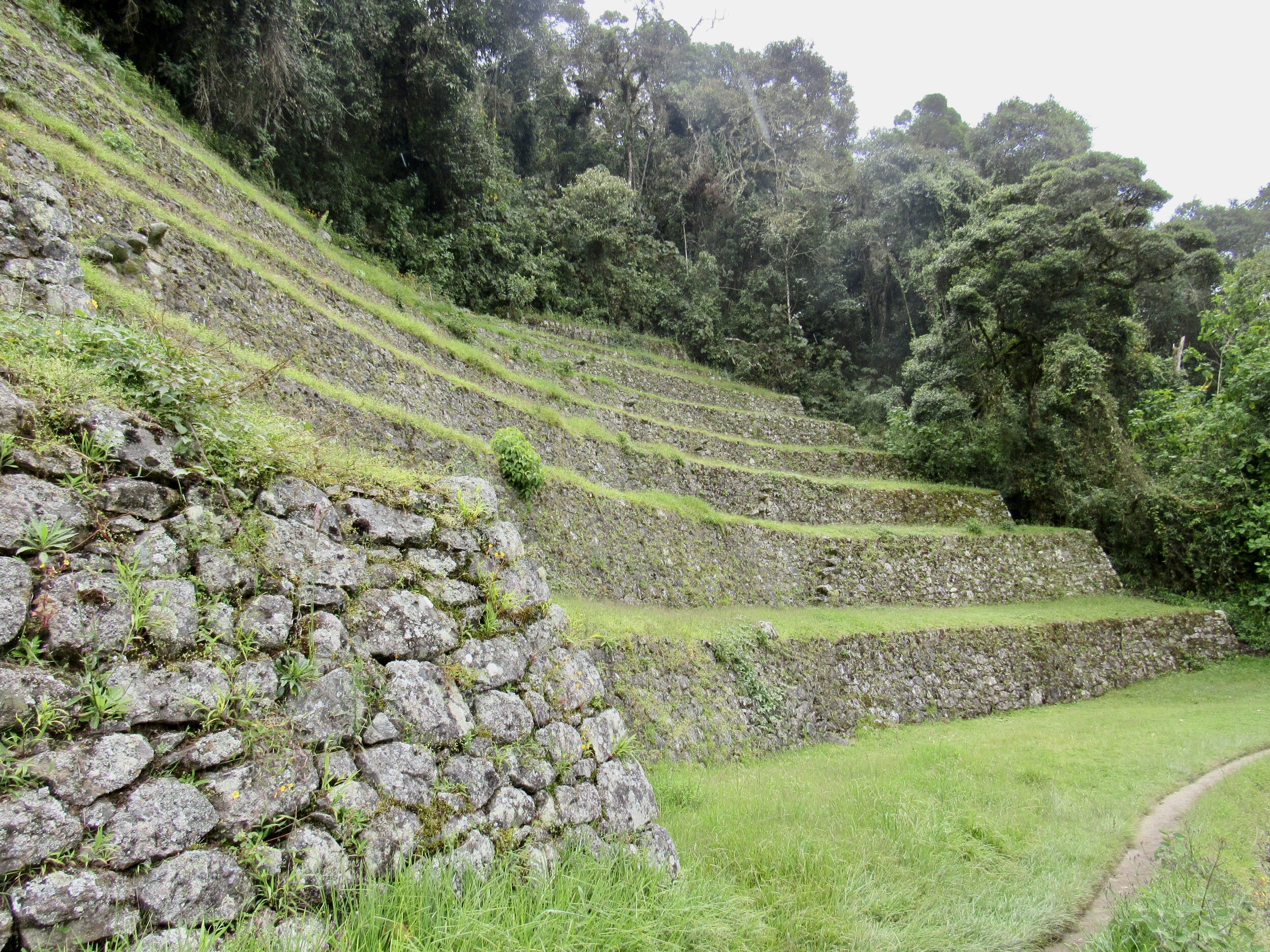
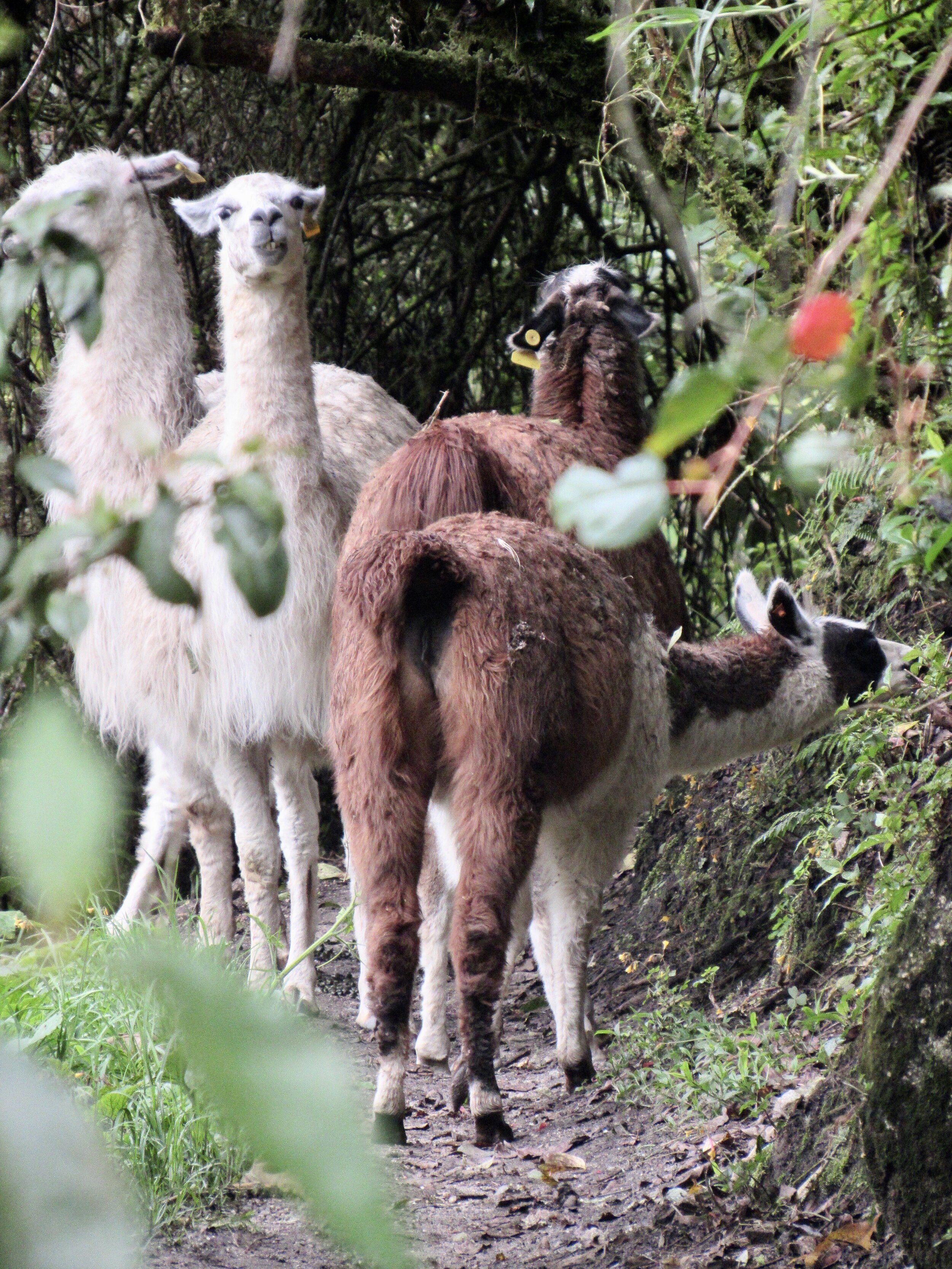
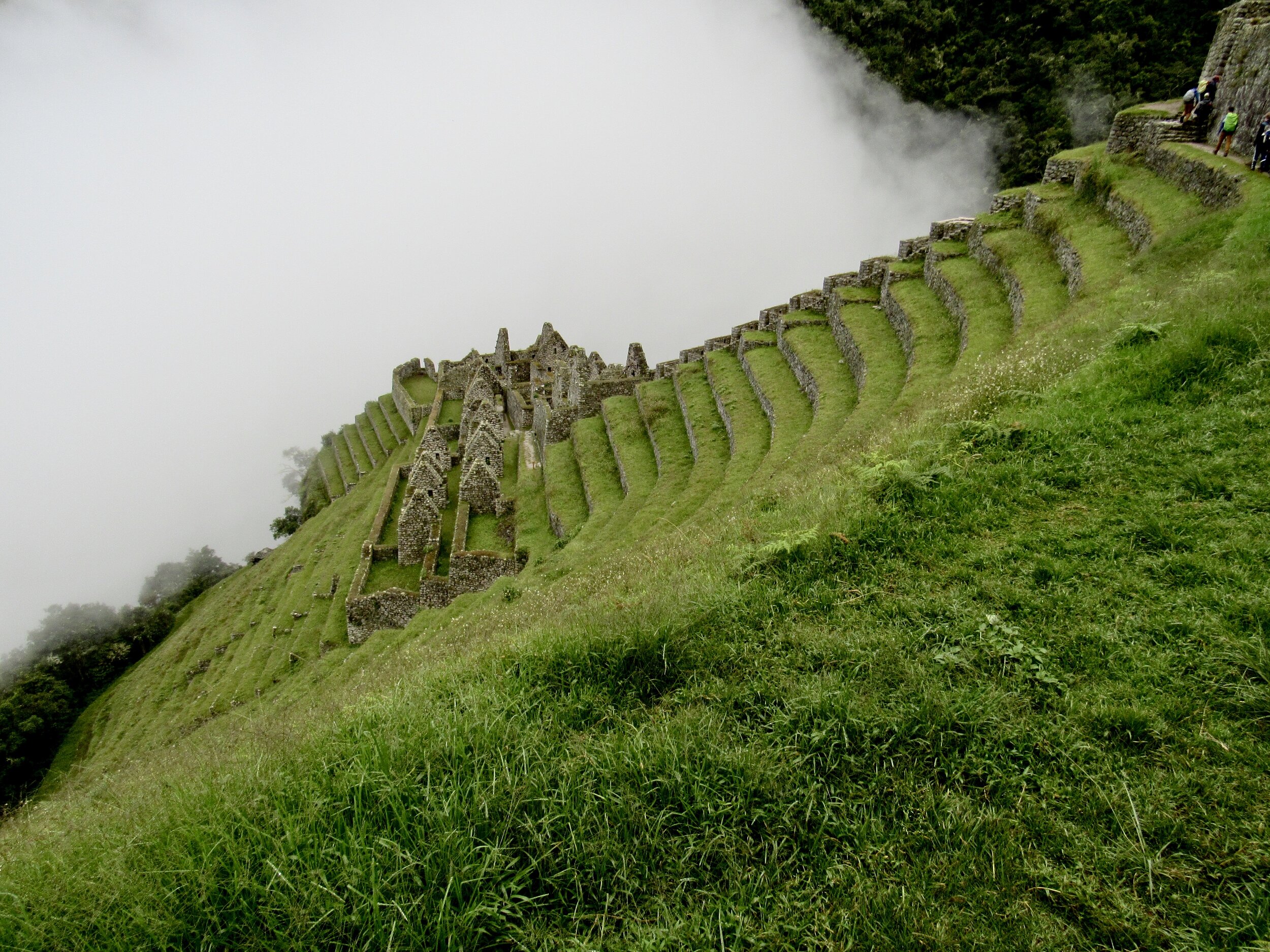
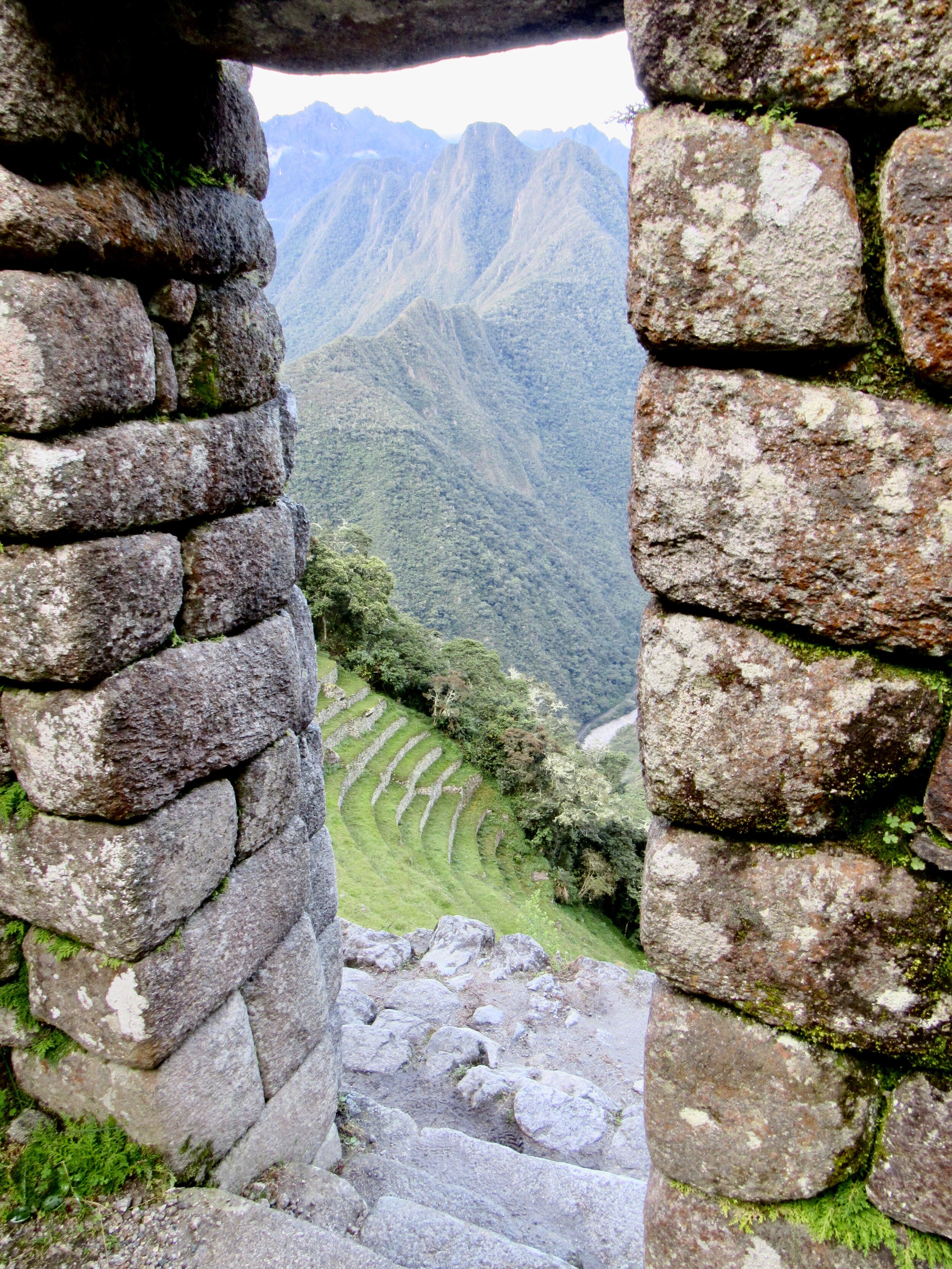
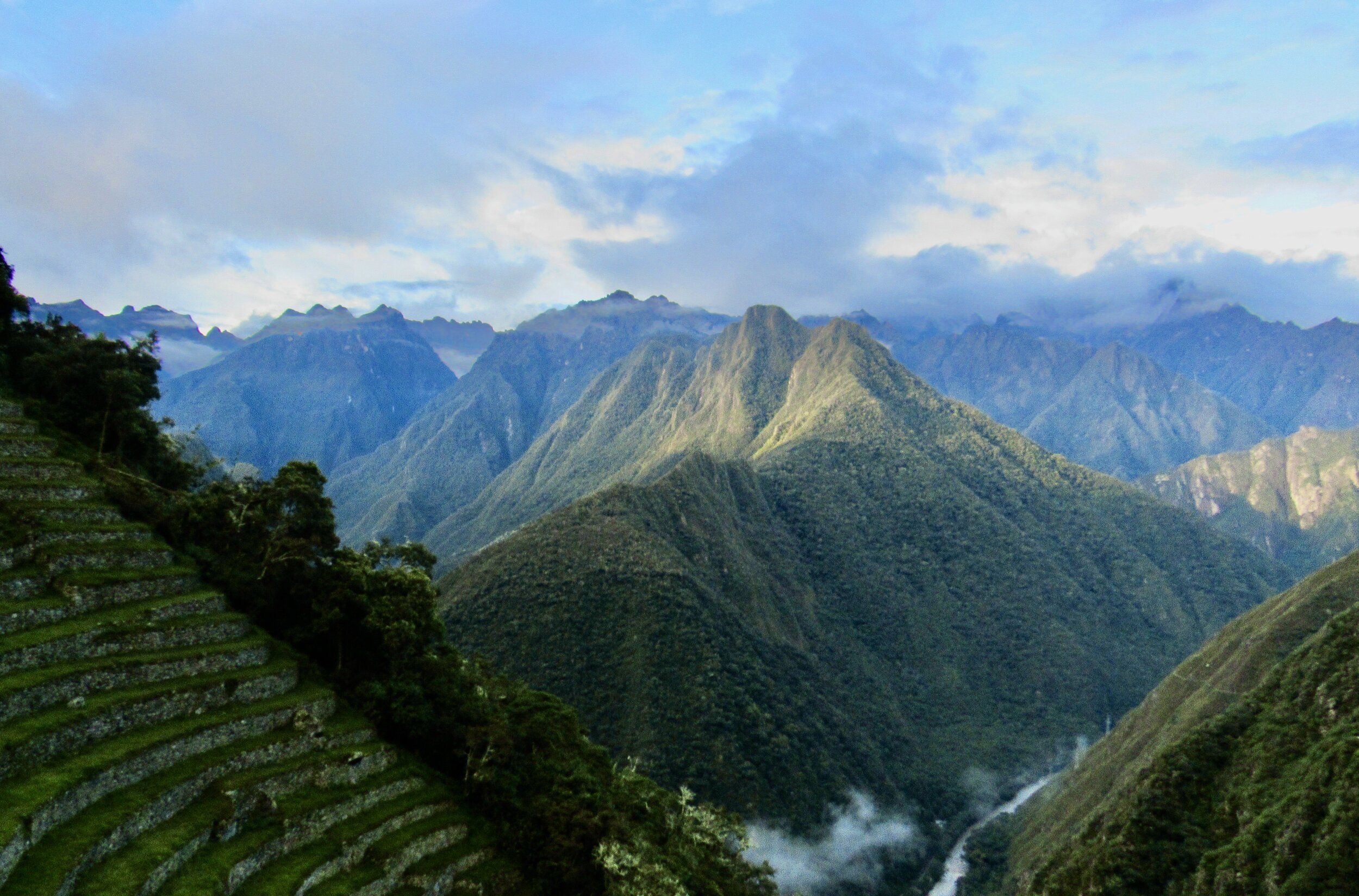
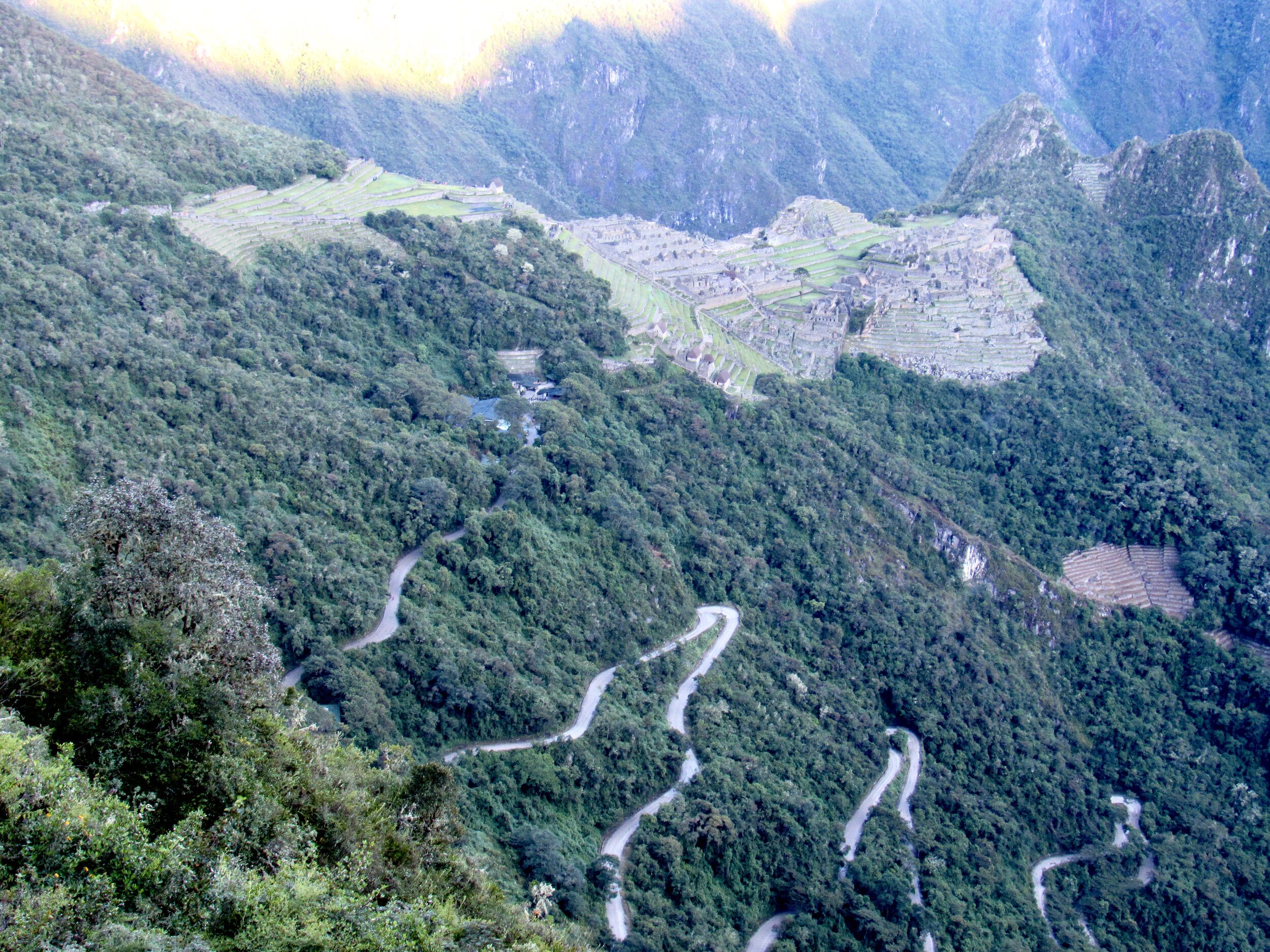
Having the opportunity to hike the Inca Trail a second time, I had a better idea what I was preparing for this year. Living at sea level in Seattle is definitely a disadvantage. The only place near Seattle at the same altitude as the Inca Trail is Mount Rainier. I absolutely do not have the skills, nerve or time to climb Rainier, so I settled for running stairs in town.
Arriving in Cusco at over 11,000 feet, coming straight from sea level, the 78% oxygen level on the pulse oximeter during dinner made me laugh. It never ceases to amaze me how the human body can adapt to so many different conditions. My low oxygenation seemed funny because I knew within 24 hours my body would have me back to the high 90s. My first time in Cusco, in 2013, it did not seem funny. It was my first experience with altitude and I was completely unprepared.
This year, the first day of the Inca Trail seemed easier. I knew that it wouldn’t get very steep and I had more of a feel for how long it would be before we got to the first camp.
That first day is nice, since it’s not too strenuous, but it’s a dirt trail, not the stones laid during the Inca Empire that cover the second and third days of the trail. We walked through several small communities. Some people still live along this part of the trail and we passed by horses and donkeys. A few motorcycles passed us, leaving exhaust for us to breathe. Honestly, I’d take a steep trail over one with motorcycles any day.
The first campsite is near a community that has trout ponds, so every company that I know of serves fresh trout that first night. The water running through the ponds comes from high in the mountains and most of it is snowmelt. This fresh water makes the Cusco area and Sacred Valley an ideal place for trout farms.
I try to get to sleep early, very aware that the next day is the toughest one on the trail.
One of the best things about trekking in Peru is being woken up with a hot mug of tea or coffee in the morning. I request just a mug of hot water and mix in the Starbucks Via that I brought with me from Seattle. It’s kind of silly, since Peru has amazing coffee, but I didn’t think that I would get fresh brewed Peruvian coffee on the trek. The option on the trail was actually Nescafé. Only at our hotel in Cusco did I get real coffee.
After breakfast, we started up. Remembering last time, I steeled myself for the long uphill slog to Warmi Wañusqua. It’s translated as Dead Woman’s pass, but is not actually about a woman dying. The ridgeline supposedly looks like the curves of a woman lying on her back. I don’t see it, but it’s comforting to know that the name isn’t as ominous as it sounds.
The trail uphill to Warmi Wañusqua is a narrow dirt trail, going up the side of the valley. It’s not until we get up and over do we start walking on the stones of the original trail. Not too long after leaving camp, the porters start passing us. First it’s the ones with the tents and our duffel bags. They start breaking down the tents while we’re having breakfast. Being a porter is very hard work and it always amazes me to watch them carrying giant loads, practically running up the trail. The porters definitely deserve better pay and better treatment. The only person I know of who is working towards that is Marinel de Jesus. She started https://theportervoicecollective.org and has been working on the documentary KM82. I really hope that these efforts are able to enact some serious structural change here.
The porters race ahead, some to set up the big tent for lunch, so we can eat a hot meal sitting at a table inside. The others keep going to the campsite so that when we arrive all our tents are set up and snacks are ready with hot tea or coffee to warm us up as soon as we get to camp. It really is an impressive feat and all the porters for all of the companies do the same backbreaking work, very quickly.
Incredible achievements of the modern day Quechua porters aside, their ancestors also created phenomenal examples of ancient engineering along this same trail. During the Inca Empire, there were many buildings at sites along the trail, which my guides have told me are not ruins. They prefer the term “constructions” although many of them spent hundreds of years hidden under the jungle, which can overgrow anything in just a few years. Most of these archeological sites have some of the original walls still standing. The terraces are clearly original and intact. However, the walls that have been “restored” were mostly rebuilt from stones that collapsed under the weight of the jungle. In that sense, many of these sites were ruined - by the jungle. Doesn’t that make them ruins?
The third day is actually harder for me physically than the second day. I can hike uphill all day, as long as I can go at my own pace. It’s the downhill hike on the third day that just kills my knees. It’s brutally steep and several sections are big slabs of bedrock, with shallow stairs carved into them. They’re slippery and I’m always glad that I use hiking poles on these downhill sections.
The best part of the third day is that it’s short and you get to camp next to Wiñay Wayna, which is by far my favorite archeological site along the Inca Trail. I love how steeply the hillside drops away below the site. It’s not quite a sheer cliff, but from the terraces and buildings, it always feels to me like we’re floating high on the canyon wall. Despite having descended down through cloud forest to warmer jungle, across from Wiñay Wayna are snow covered peaks and glaciers. It is truly a spectacular and magical place.
The name comes from an orchid, which grows abundantly in the area. Since it flowers all year, it is called Wiñay Wayna, Forever Young.
The last morning we get up at 4am, to pack up our things before our 4:30 breakfast. It’s cruelly early, but every company has to do it because the porters have to pack everything up and run down to where they catch the trains back to Ollantaytambo. I haven’t seen these 6am trains, but I’ve heard that they’re basically cattle cars. Empty cars that the porters pile all of the wet tents and gear into, then sit on the bundles in the absence of seats. Someday I’ll have to figure out how to go with the porters to see exactly what their transportation conditions are.
This time, I sat with everybody else for almost an hour in the dark and rain, waiting for the checkpoint to open up so we could go to the last spot of the Inca Trail: the Sun Gate.
We arrived at the Sun Gate just before sunrise and were there to watch the first rays peek over the canyon wall behind us and spread slowly down Machu Picchu from the top. It truly is a marvelous sight.
After everybody has taken all the photos they can, we head down the last bit of trail to Machu Picchu itself.
